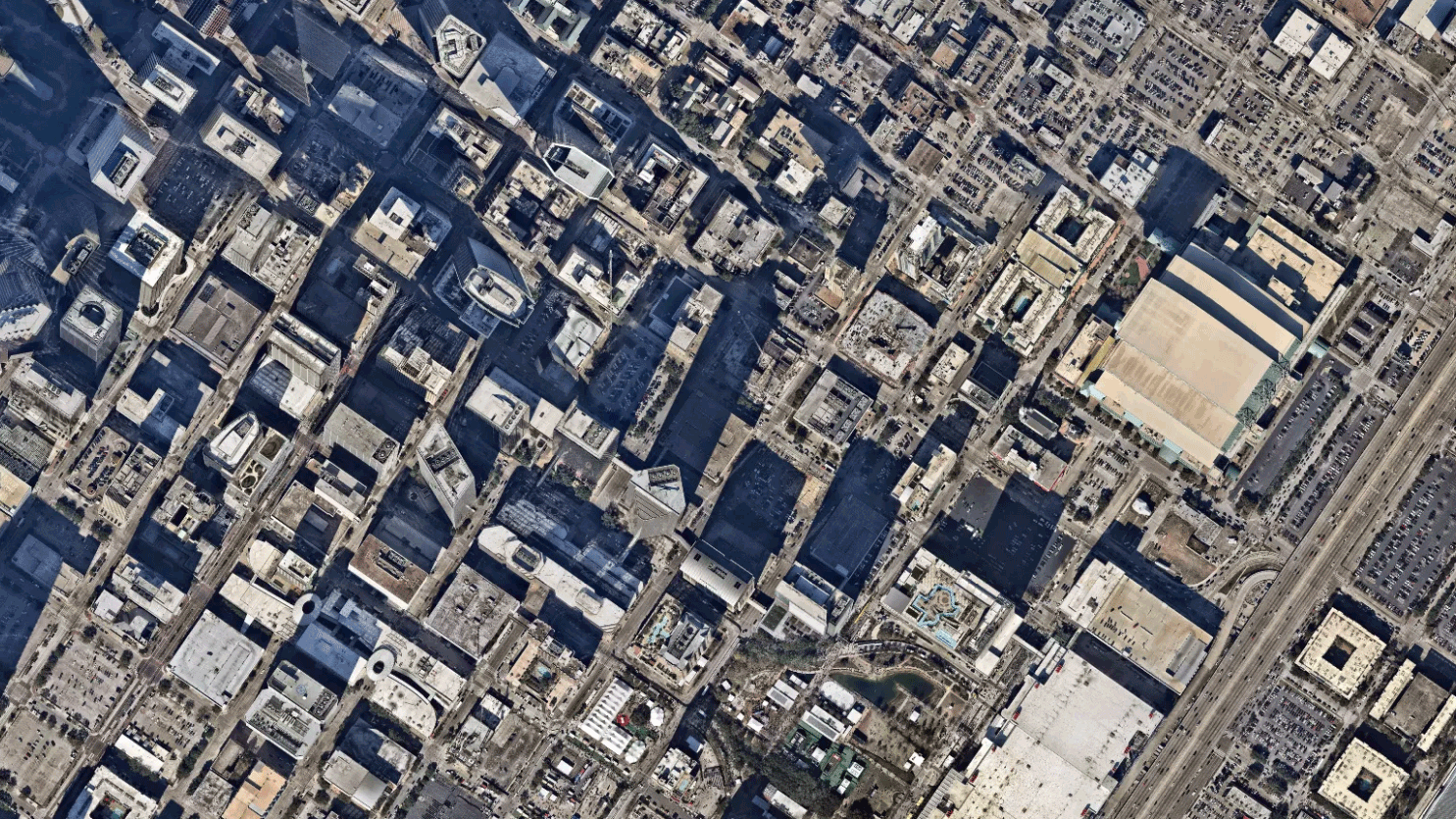Mapping the Financial Strength of Traverse City, Michigan
Traverse City, MI was recently crowned the winner of our 2017 Strongest Town Contest and in light of that, we're sharing a collection of insightful maps and charts that illustrate Traverse City's financial strength (as well as areas for improvement), created by our friends at Urban3. These maps show Traverse City's strong tax base and the high value per acre of much of its land, especially in the downtown core and other historic areas.
As Urban3 writes in the introduction to this document:
Traverse City's rare combination of a beautiful natural setting and appealing urban amenities couldn't escape wider attention for long. The micropolis has been discovered by a wider audience, and the new millennium has brought opportunities and challenges that didn't exist in the four decades that preceded it. As the Cherry Capital contemplates further change on the horizon, understanding messages that are embedded in the current landscape can inform the conversation about efforts to shape the future.
The following visual story is rife with graphics as well as written explanations of how this data was collected and what it means. We encourage you to peruse it below or, for the full experience, follow this link to view the document on a separate page.
Here's one particularly revealing note in Urban3's commentary on Traverse City:
Traverse City's incorporated area yields 18 times the tax revenue per acre as compared to the rest of Grand Traverse County's land area. Further, the downtown value per acre is 4.6 times that of the rest of the City, meaning that the property tax revenue per acre of Downtown Traverse City is about 83 times that of other County land.
We pulled the video below out of the document as well to give you a quick illustration of development in Traverse City over time, beginning in 1875.
This 29-second video shows the development of Traverse City since 1875. Watch as the construction affects different areas of town over time -- and keep in mind that the increasing volume of the shapes represents value per acre, not necessarily population. (For example, new construction continued in the latter part of last century, even as population was dropping.)
A review of this data shows us that, while it's far from perfect, Traverse City is indeed a very strong town. Thank you to Urban3 for sharing this document and illustrations with us.
(All images, maps, graphics, and materials included here are jointly copyrighted with Urban3 and the City of Traverse City.)



If cities cared about traffic deaths, we would witness them taking an urgent response to crashes, and we would see city halls tracking traffic deaths in real time, because a new fatal crash would mobilize people.